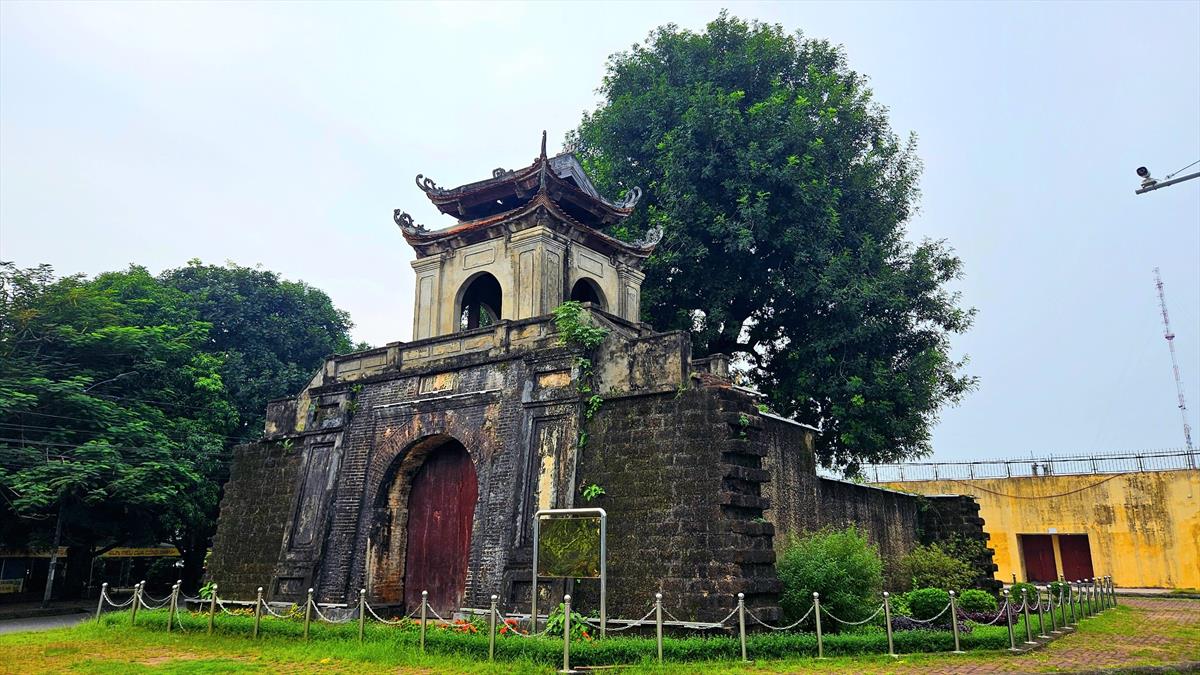Ancient Citadel of Nghe An

By 1831, during the reign of King Minh Mang, the citadel underwent upgrades and reconstruction using honeycomb stones on a larger and more robust scale. The citadel was designed in the Vauban style, a type of fortification common in Europe but still incorporating traditional elements of East Asian architecture. The citadel measures 2,400m in length, 1,600m in width, and stands 4 to 5m tall. The four citadel corners feature triangular fortress towers, and the four gates are taller and wider.
The Ancient Citadel of Nghe An served not only as a military fortification for defense and control of the southern region under the Nguyen dynasty but also as an administrative, economic, and cultural center for the Nghe An region. Within the citadel grounds, several important structures existed, including the residence of provincial officials, district officials, various administrative offices, and religious sites such as Linh Mu Pagoda and Linh Quang Pagoda. Additionally, educational institutions like Quoc Hoc Vinh and marketplaces like Cua Nam Market were present.
The Ancient Citadel of Nghe An has witnessed numerous historical events in Vietnam's struggle. During the resistance against the Ming invasion (1418-1427), Nghe An Citadel was besieged and attacked several times by the Lam Son army led by Le Loi. After defeating the Ming forces, Le Loi renovated the citadel and renamed it Thanh Vinh. In the resistance against the French invasion (1858-1954), Nghe An Citadel was a site of numerous struggles by the Nghe An army and people. During the resistance against the American invasion (1954-1975), Nghe An Citadel again became a place marked by the heroic efforts of the Nghe An army and people.
Currently, the Ancient Citadel of Nghe An still preserves some relics such as the three citadel gates: Front Gate, Left Gate, and Right Gate, along with sections of the citadel moat and several structures within the citadel, like Linh Mu Pagoda, Nguyen Hue Temple, and Quoc Hoc Vinh. Recognized as a national historical monument by the Vietnamese government in 1998, the Ancient Citadel of Nghe An is an attractive tourist destination for those interested in exploring the history and culture of Nghe An. Visitors can admire ancient architectural structures, learn about significant historical events, and experience the spirit of determination and bravery of the Nghe An army and people in the resistance. The Ancient Citadel of Nghe An rightfully stands as an emblem of the history and culture of this region.

